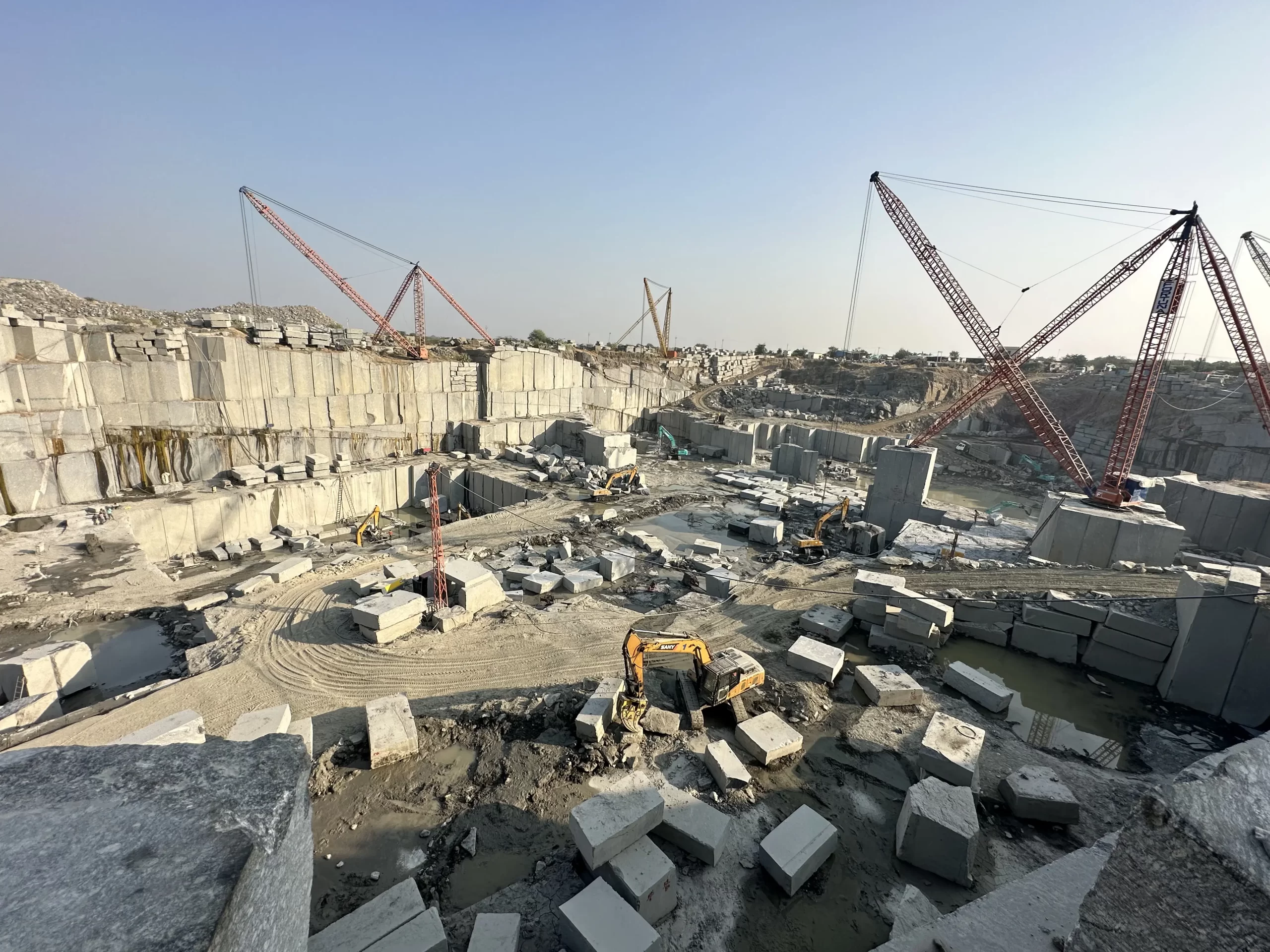Unveiling Granite Quarries in South Africa Tradition: A Journey Through Quarries
Unveiling Granite Quarries in South Africa Tradition: A Journey Through Quarries
Blog Article
Discovering the Rich Background and Lasting Practices of Granite Quarrying
As we stand on the precipice of revealing the complex tapestry of granite quarrying, a journey with time reveals not simply the physical act of extracting rock but likewise the social and historic importance woven right into the very textile of this practice. From the old beginnings that laid the foundation for contemporary quarrying techniques to the sustainable techniques that are forming the future of this market, each carve mark on granite surfaces narrates waiting to be discovered (granite quarries in south africa). The tradition of granite quarrying extends much beyond mere extraction; it is a testimony to human resourcefulness, resilience, and the enduring appeal of this impressive rock
Ancient Origins of Granite Quarrying
Dating back to ancient people, the practice of quarrying granite has been an essential component of human history and building advancement. The earliest evidence of granite quarrying go back to ancient Egypt, where huge pyramids and intricate sculptures were crafted from this durable rock. The Egyptians utilized primitive tools to draw out granite blocks from quarries, showcasing the relevance of this material in their significant buildings.
Progressing in history, the Greeks likewise made considerable contributions to the quarrying of granite. The Greeks utilized granite in various building marvels, such as holy places and statues, showing their skill in shaping and sculpting this hardy stone. The Romans even more refined the methods of quarrying granite, using innovative devices like knives and hammers to remove and form granite for their famous frameworks.
Via the centuries, the method of quarrying granite has developed, with modern technologies improving performance while keeping the classic allure of this natural stone - granite quarries in south africa. From old worlds to modern home builders, the heritage of granite quarrying remains to form our globe
Evolution of Quarrying Techniques
The evolution of quarrying techniques has been noted by a continual progression towards better efficiency and accuracy in drawing out granite. Early quarrying strategies involved hand-operated labor with fundamental devices such as chisels, hammers, and wedges to draw out granite blocks from the planet.
In even more recent times, the advent of machinery revolutionized the quarrying market, allowing quicker extraction rates and raised efficiency. Technologies such as diamond wire saws, high-pressure water jets, and pneumatically-driven drills have become basic in modern-day quarries, enabling for specific cutting and decreased waste. Innovations in computer-controlled devices and 3D modeling have actually optimized quarrying operations, leading to very little ecological effect and improved sustainability practices. As the demand for granite proceeds to rise, the advancement of quarrying techniques remains essential to meeting market requires successfully and sustainably.
Social Significance of Granite
Granite holds an extensive social importance throughout different civilizations due to its long-lasting presence in building masterpieces and prized monoliths. The cultural value of granite prolongs beyond its physical qualities; it symbolizes resilience, security, and eternity, making it an icon of withstanding heritages and customs.

Lasting Practices in Quarrying
Amidst the rich background of granite quarrying and its cultural value exists a growing focus on lasting practices within the industry. As ecological awareness Recommended Site and problems regarding resource depletion have heightened globally, the quarrying sector has actually significantly welcomed sustainable methods to lessen its effect on the setting and surrounding communities.

Additionally, improvement and rehab of quarry sites post-extraction are essential to lasting techniques. By recovering quarried locations to an all-natural or helpful state, such as developing wild animals environments or recreational rooms, quarriers can balance out the environmental footprint of their procedures and contribute favorably to the local environment.
Tradition of Granite Quarrying
With a historical backdrop soaked in craftsmanship and commercial development, what withstanding influence has granite quarrying left on the landscape of modern-day society? The legacy of granite quarrying goes beyond simple extraction practices; it has actually formed building wonders, metropolitan landscapes, and cultural heritage worldwide. The durable nature of granite has actually made it a favored choice for monuments, structures, and facilities, standing as a testament to the ability and creativity of quarry workers throughout generations.
Additionally, the economic footprint of granite quarrying can not be forgotten. The market continues to give job opportunity and drive local economic situations in areas where granite extraction prevails. It has additionally stimulated technological developments in quarrying strategies and devices, leading to extra effective and sustainable techniques.
In terms of sustainability, the tradition of granite quarrying consists of initiatives to reduce ecological impacts with recovery jobs and special info liable source management. By stabilizing economic rate of interests with ecological stewardship, the sector strives to make sure that future generations can remain to gain from this long-lasting all-natural source.
Conclusion

Report this page